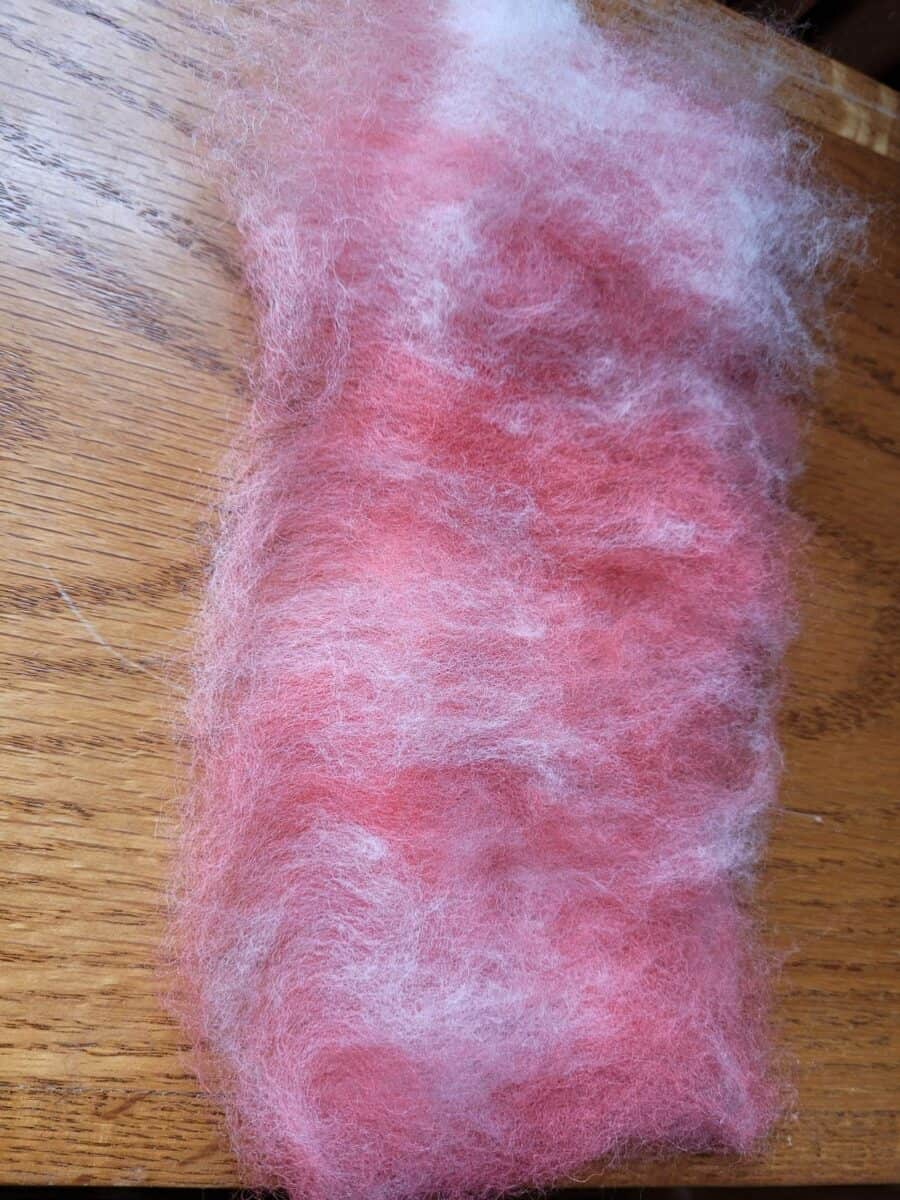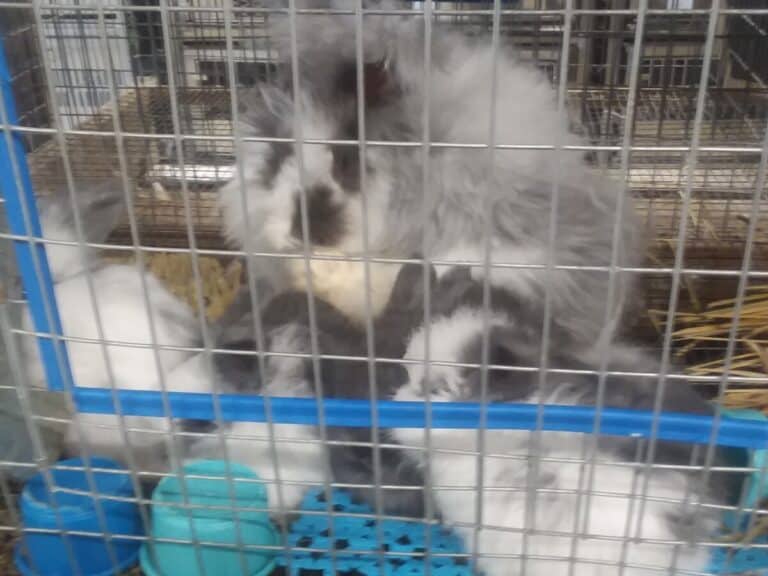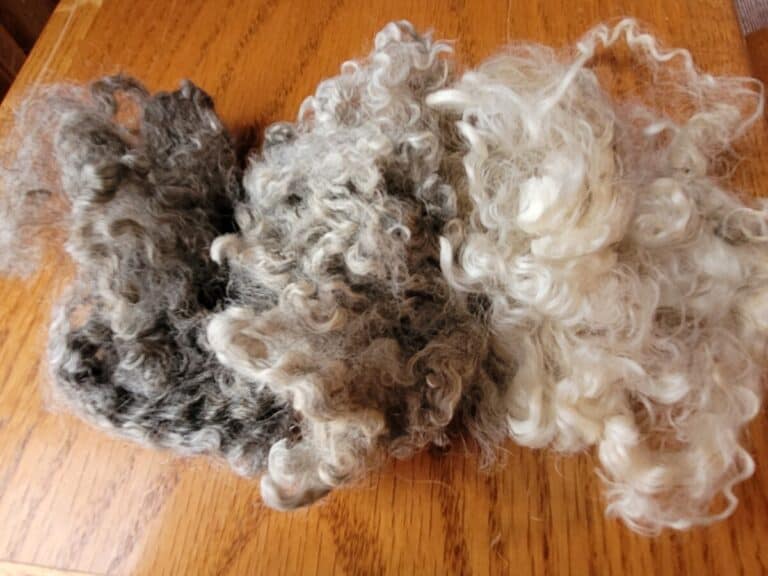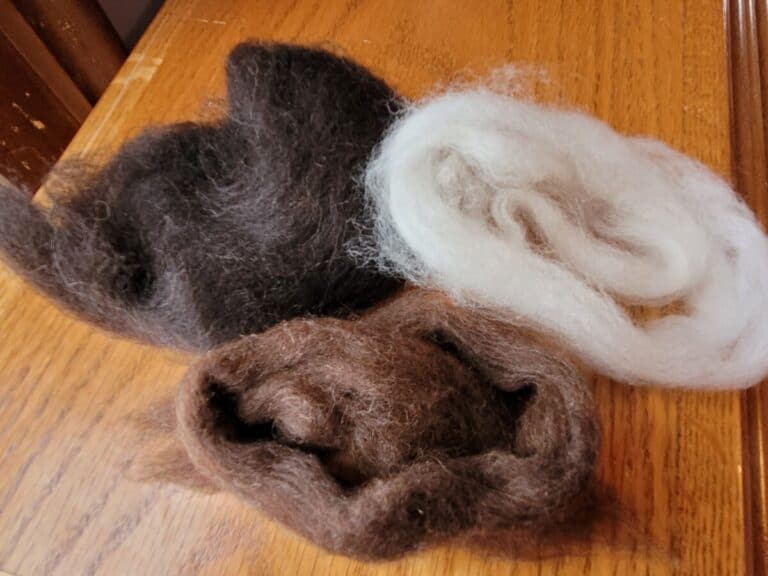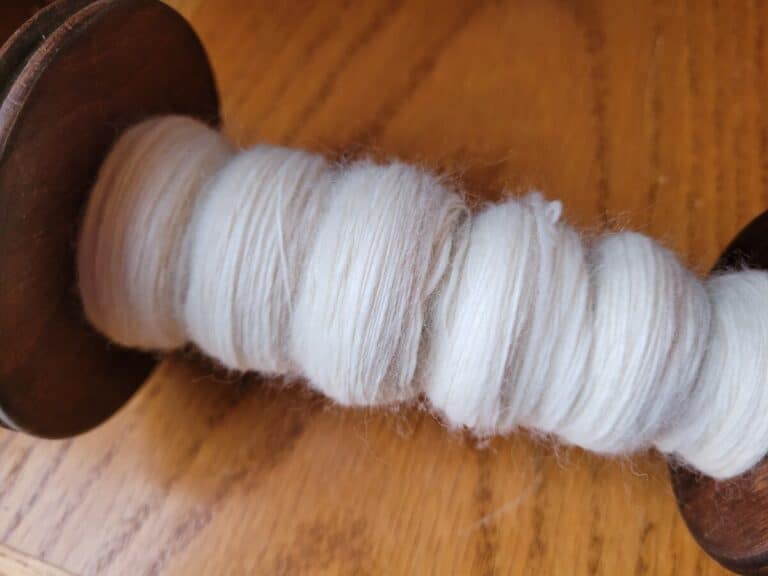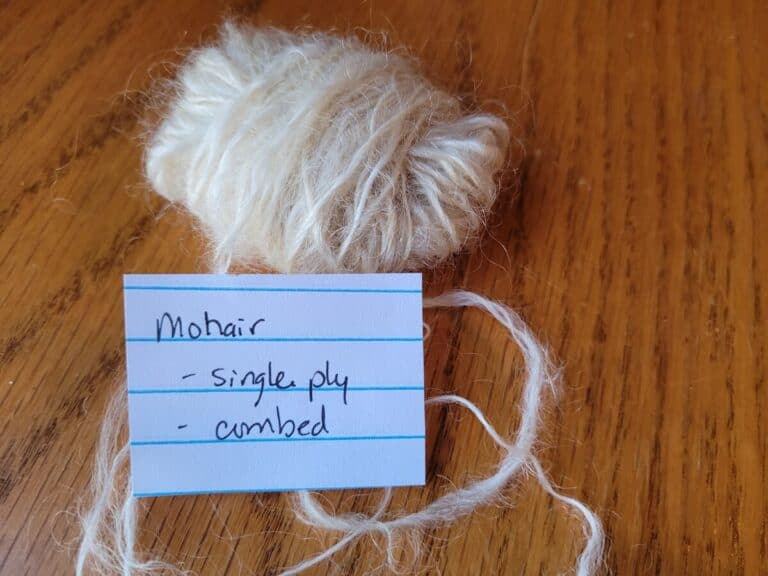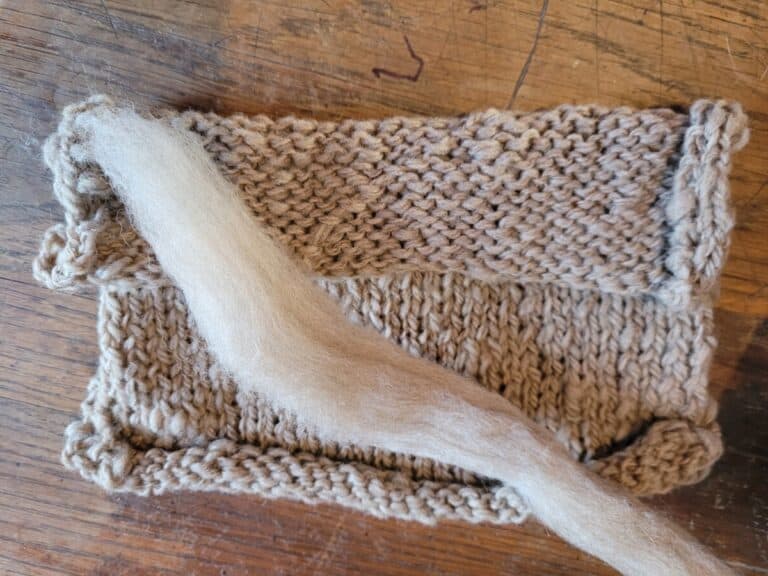Can You Handspin Wool Batting?
With a huge variety of fibers, textures and colors, especially those beautiful art batts, wool batting can be very tempting to any handspinner looking for a new to you fiber or just a fun project to start.
Sure, those wool batts are interesting, some even quite lovely, but what do you do with those things and can you even spin them?
Wool batts can be handspun by working off of sections of the batt that have been divided up in a variety of ways or by working with the entire batt, at once. The way you section off the batt is determined by how much fiber you are comfortable working with, which part of the batt you want to spin and in what order you want to spin the fiber.
Roving vs Batts goes over the differences between the two and helps you decide which is better for your project!
You can handspin wool batting!
You can definitely spin wool batting, actually, you’ll have quite a few choices if you decide to experiment with spinning batts!
If you want to use the fiber in the batt evenly or do not care too much what part of the batt you spin when, then any way you choose to work with the batt is fine.
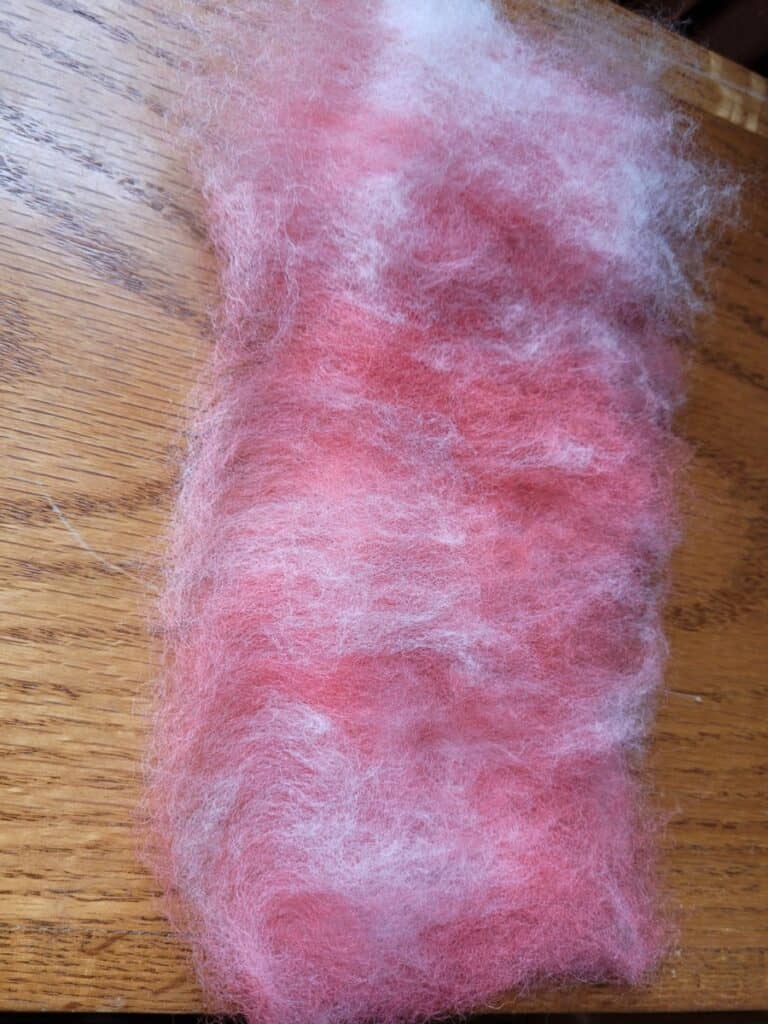
If you want to spin parts of the batt in a specific order, for instance to keep colors separate or in a specific order, you’ll need to choose the method accordingly.
Starting with strips is probably best in this case.
The other consideration is what type of yarn are you wanting to make, more of a woolen or worsted yarn? If you are leaning woolen, go with the fauxlag prep, all the rest are more of a worsted alignment.
Your other option to get a more woolen type yarn is to spin from the fold, which will give you more poof than worsted but not as much as spinning with the fauxlag.
Best Places To Get Wool gives you some options on where to get wool for your next project, batts included!
Spin from the whole batt, as is
The most basic way to use a wool batt is to just start spinning! Pick a corner and see how it goes.
If you tend to draft your fibers well and are comfortable working with the entire batt, at once, give it a shot.
I have to admit, I have a hard time working with that much fiber at once. All that volume seems to frustrate me a bit and I stop drafting as well as I need to.
An easy way to keep this problem from happening is to reduce the bulk of the fiber I need to hold while spinning, so for me, one of the next few methods will work better.
Tear off a piece of the batt
The next easiest way to spin from a batt is to tear off a piece of the batt into a mini batt and work from there.
This will give you a good idea of what the batt is like and how well it will spin up for you, as is, or if another preparation method would be better for you or the yarn you want to create.
Make fauxlags (rolag like fiber tubes)
If you are looking for more of a woolen yarn or just prefer to spin in more of a woolen style, consider making the batt into fauxlags, which are basically imposter or copy cat rolags.
Fauxlags are easy to make, you just need to tear off a section or part of a strip from the batt and roll it up.
It is easier to roll the fiber in your lap than trying to make the fauxlag in your hands.
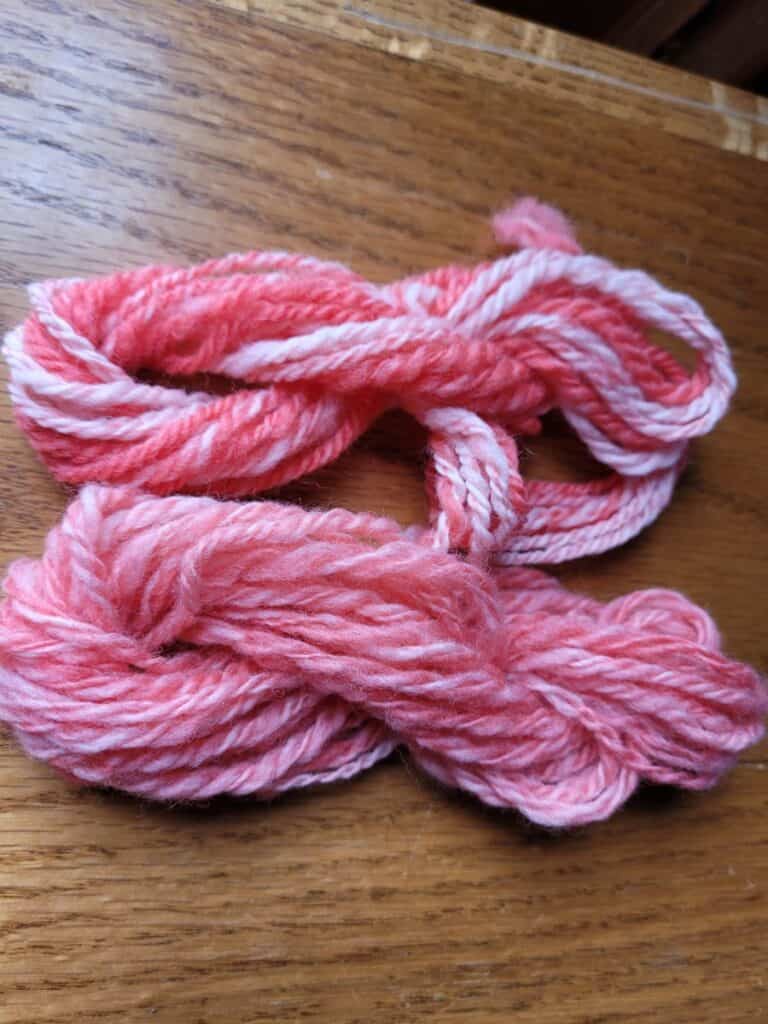
Tear the batt into strips
You can tear the batt into strips so that you’ll have multiple strips of batting that will run the length of the batt.
How thick you make these strips depends upon what thickness of roving that you like to work with and if you are trying to set up the roving so that you spin in a specific order, like for stripes or a gradient.
Even if you are trying to keep the strips separate, you still have some options that would make them easier to work with, specifically easier to draft.
Easy ways to make your strip more manageable would be to make them into smaller sections by tearing them into thinner strips, like sliver, or pulling off smaller chunks of the strip to work with.
Of course, you can keep the original strip and draft off of it, it’s really about what works best for you and gives you the results that you are looking for.
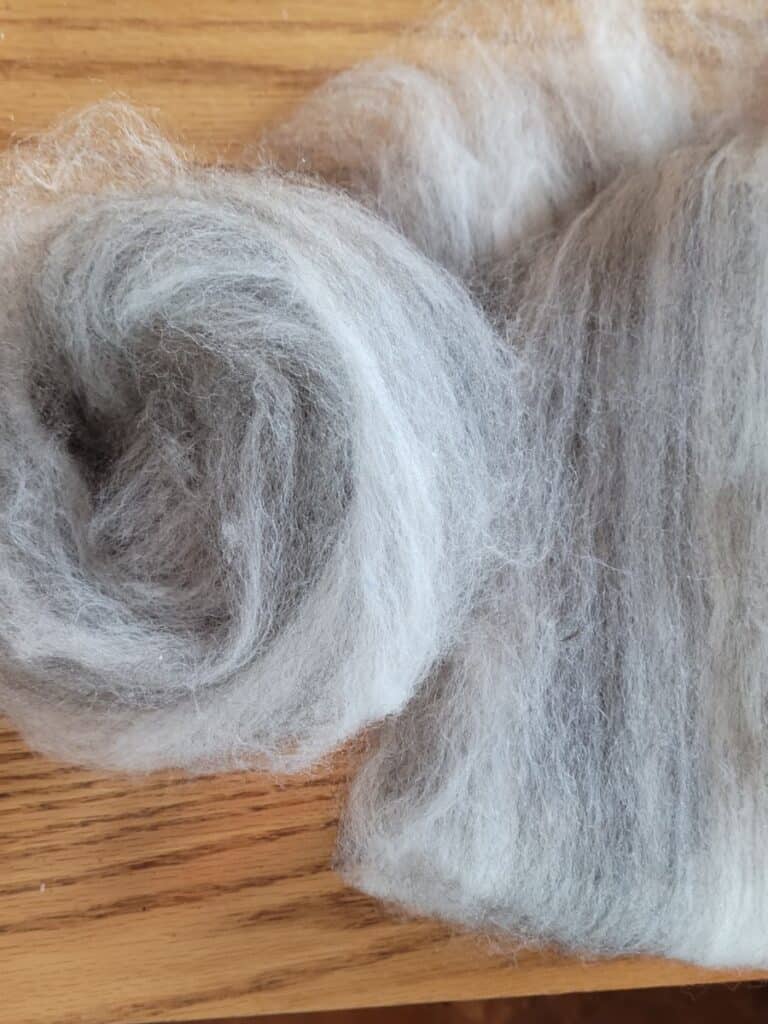
Make a Z or W strip
Whether you decide to call it a Z strip or a W strip, the idea is the same!
You are going to take the batt and tear it into long strips that are still connected at the ends, which makes the batt one big strip when you are done.
When you are done, your batt will look like a zig zag.
It’s probably best if you take a bit of time to pull out the turns/ends to make them lay flat with the rest of the strip, but that’s it!
Now you have a long roving that is ready to spin!
Diz off homemade batts
Another option for getting your batting ready to spin would be to diz it off into roving.
The catch here is you’d need to have made the batt yourself for this to work.
If you purchased the batt, dizzing it off into roving will be tough to do since the batt will not be on a carding cloth anymore so there’s nothing to hold the batt in place as you pull against it.
My best guess it that you could put the batt just over the edge of a table and put a book or something heavy on the rest of the batt to hold it back and see if you could diz off of it that way.
I’ve never ordered a batt to spin, I tend to make my own or work off of roving, so I’ll have to give this a shot and see what works the next time I do some carding!
Have a plan for spinning with wool batting
The last thing you also need to consider is what type of fibers are in the batt and what you want to do with them.
Are you looking for a heavily textured yarn, so you plan to keep all any variability that shows up in your batting? In this case, consider working with a bigger section of the batt at a time.
Are you looking for a smoother, more even yarn? Consider working with a well divided out batt, so section off the whole batt or put it into a Z or W and work with it like roving.
If you have a multi colored batt, do you want to keep larger sections of color together, keep some stripes or work to split up the color as much as you can?
One of the best parts about handspinning is the inherent creativity, there really is no right or wrong way to work with your fiber.
It’s more about what you like, want or are trying to do with your project, so be sure to experiment a little and see what shakes out!
Interested in how wool batts are made?
A great site on using a drum carder (which is how most folks make batts) is Classic Carder. How To Use A Drum Carder has written instructions and a video.

